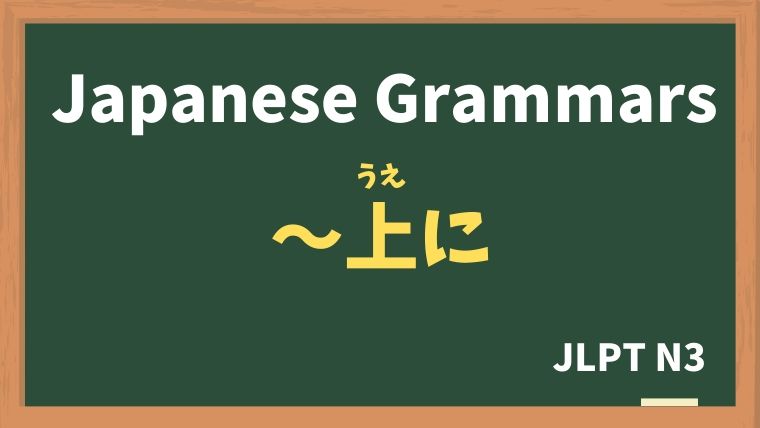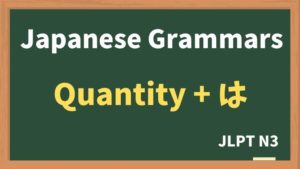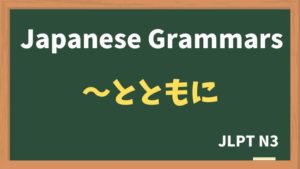
Explanation:〜上に
fa-check-circleMeaning
"それに / さらに"
on top of that / in addition
fa-check-circleForm
V(plain form)+上に
イA(plain form) + 上に
ナAな + 上に
Nの + 上に
fa-check-circlePoints
- Adding Information: "〜上に" is used to add another layer of information, either positive or negative, to a statement that has already been made.
- Consistency in Tone: The added information should match the tone of the initial statement (i.e., both positive or both negative).
- Emphasis: This expression is often used to emphasize the combined effect of both pieces of information.
fa-check-circleJLPT Level
N3
Sample sentenes
日本の料理はおいしい上にヘルシーだ。
Japanese cuisine is not only delicious but also healthy.
このカバンは安い上に丈夫だ。
This bag is not only cheap but also durable.
部長の話は長い上につまらない。
My manager's speeches are not only long but also boring.
市場の魚は安い上に新鮮だ。
The fish at the market is not only cheap but also fresh.
この教科書は高い上にわかりにくい。
This textbook is not only expensive but also difficult to understand.
ジェームスさんは頭がいい上にスポーツもできる。
James is not only smart but also good at sports.
ユニクロは安い上に質もいい。
Uniqlo is not only affordable but also of good quality.
Vocabulary
| Japanese |
English | |
| 市場 | いちば | market |
| 質 | しつ | quality |






